Human attention span dwindling says new research by Taboola and Nielsen
Taboola, the world’s leading content discovery platform today announced “Research Defines the Moment of Next,” a new study report in partnership with Nielsen which explores consumer attentiveness and emotional response to different content experiences online. The study delved into the participants response on two forms of participant responses i.e. Attentiveness and Emotional Response across two content experiences such as Feed and Video. The study also pinpointed when and how consumers are most engaged.
One of the significant finding of the study is dwindling human attention span, human attention dropped from 12 seconds in 2000 to just 8 seconds in 2018, beating out the ever-distracted goldfish, which clocks in at 9 seconds. This could mean that as a result, advertisers and publishers are struggling to hook consumers and keep them engaged. Another interesting finding that appeared in the study was that the participants were 20% more attentive when presented with a continuous scroll feed compared to articles without content recommendations at the bottom. People are being fed continuous scroll feeds on almost every major social platform—and there’s a great amount of psychological evidence explaining why this keeps audiences consuming content.
The study was conducted using BrainVu, a cloud-based technology that uses AI and virtual reality, 60 study participants were analyzed using a spectrum of unique eye measurements to identify audience reaction to both articles and videos in different environments across several platforms and publications. To check attentiveness, the captured biomarkers were interpreted to determine user focus and how connected the user was to the content, based on indicators such as focus changes, dispersion and gaze density. While to study the emotional response, it was determined whether the interaction between a user and the stimuli elicited an emotional response (either positive or negative). The biomarkers collected were used to interpret and identify brain activity related to emotional alertness, stress, and emotion related mental effort.
Findings – “The Moment of Next"
One standout conclusion from the study finds that participants were most open- minded after reading an article. It meant that readers’ cognitive load – or how busy their brain is at every given moment – is lowered by eight percent at the end of an article compared to any other point during the article reading experience, meaning their brain is more available to attend to new stimuli. This “Moment of Next” is where readers experience a rapid increase in both attentiveness and emotional response. At this time, they experienced a rapid increase in both attentiveness and emotional response.
The new study also points out that the advertisers and publishers have a massive opportunity to reach people right when they’re done reading an article. Taboola’s “Research Defines the Moment of Next” also reveals:
- The difference in consumer attention for video ads in pre-roll versus Feed formats.
- What advertisers can learn about the “Moment of Next” to ensure ROI for ad dollars.
- What publishers can learn about the “Moment of Next” to maintain positive user experience for readers.



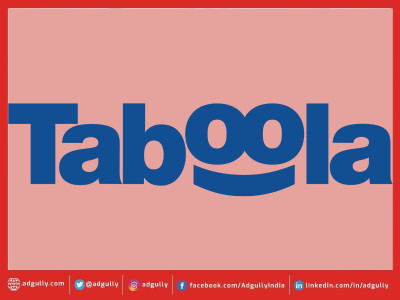

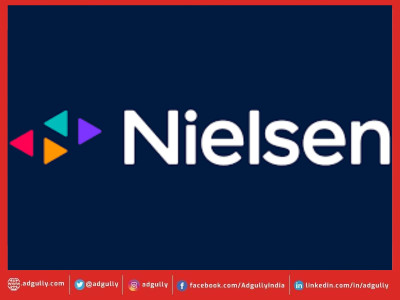

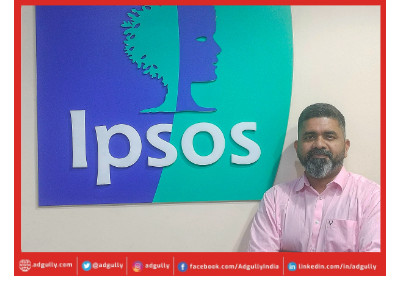

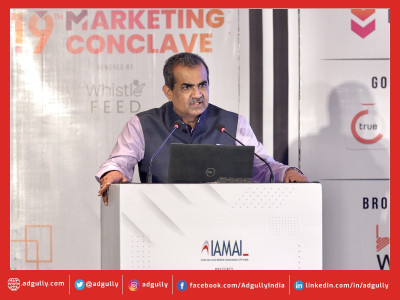

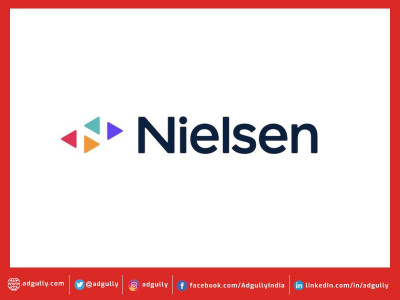
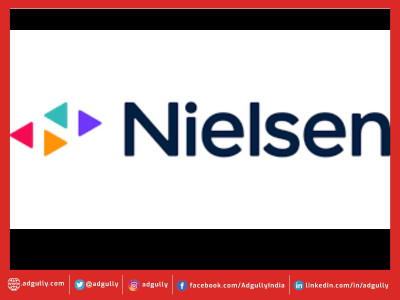
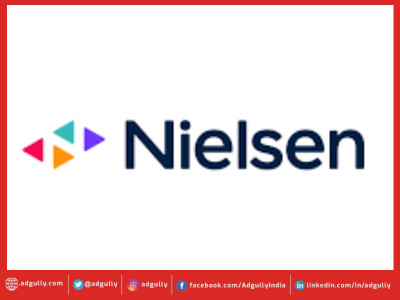


Share
Facebook
YouTube
Tweet
Twitter
LinkedIn